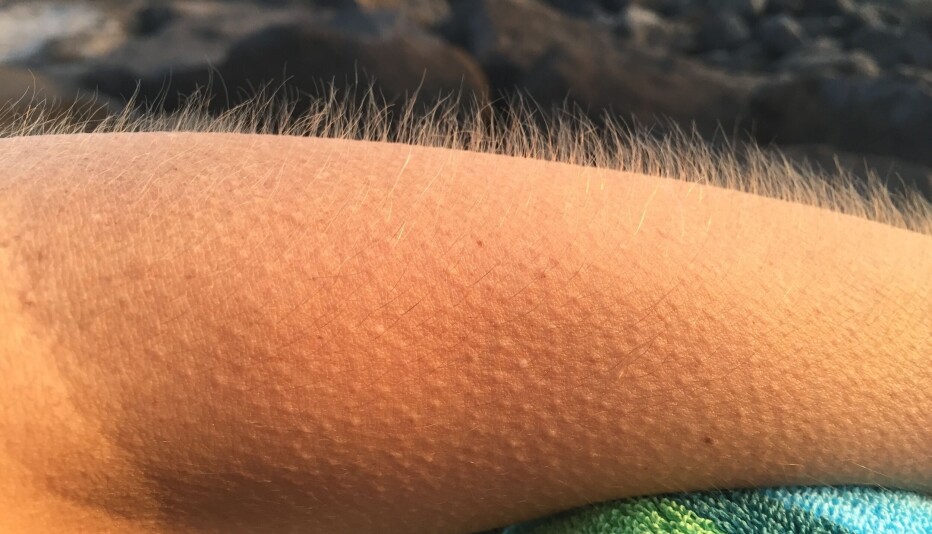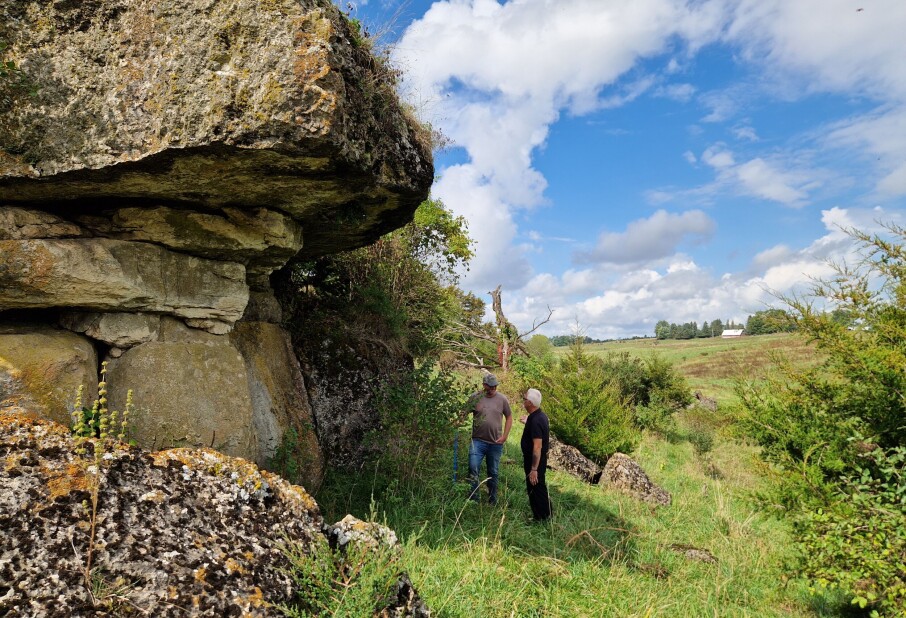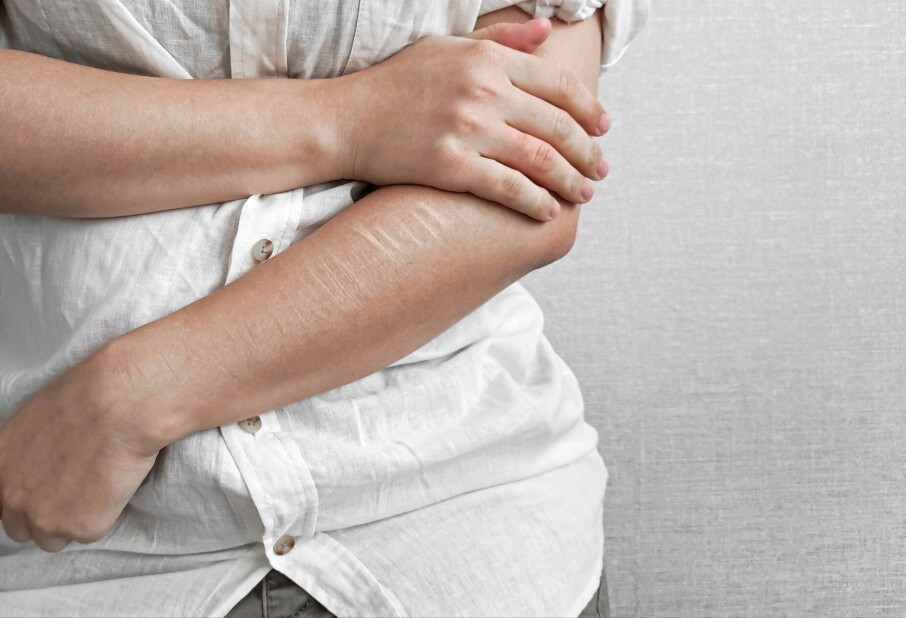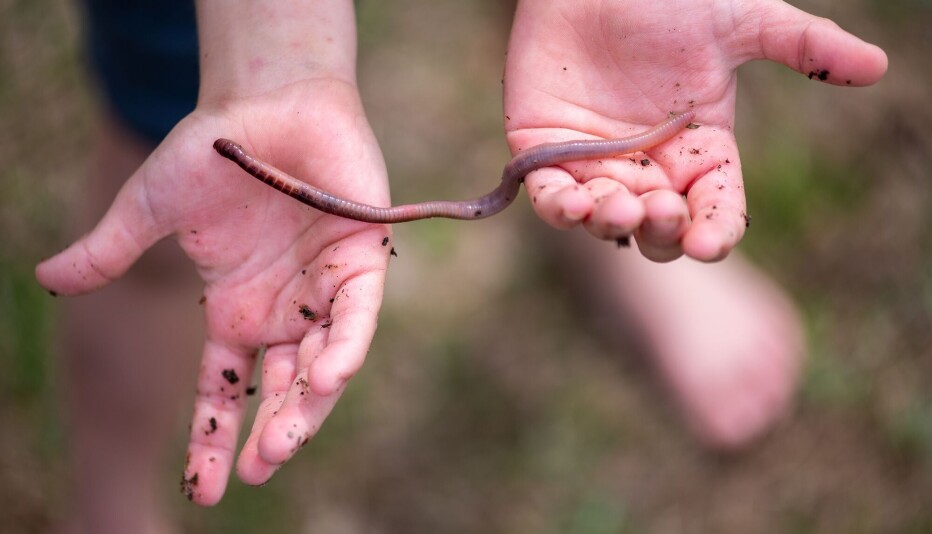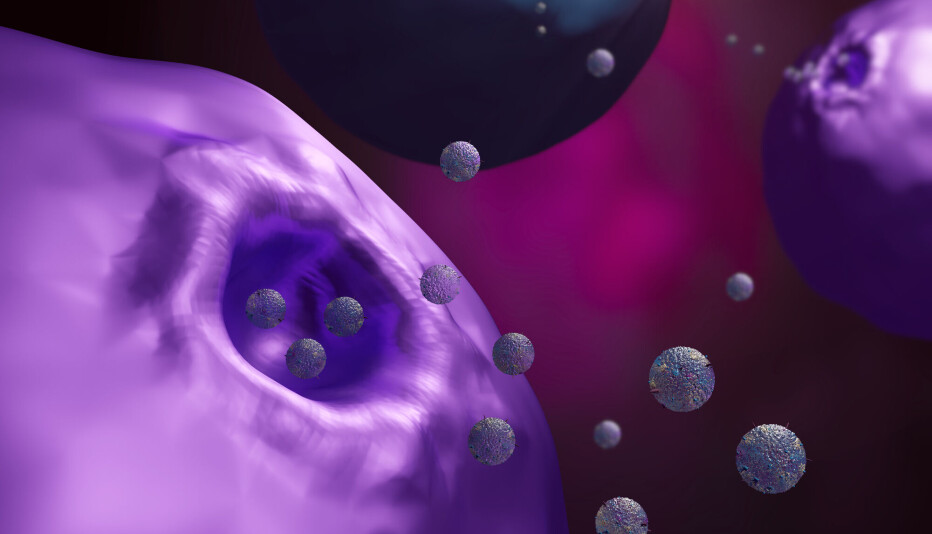THIS CONTENT IS BROUGHT TO YOU BY Nofima The Norwegian Institute of Food, Fisheries and Aquaculture Research - read more
High omega-3 levels in feed can help salmon recover faster after delousing
Researchers have found that the nutrient balance in feed is key for salmon's growth, health, and fillet quality.
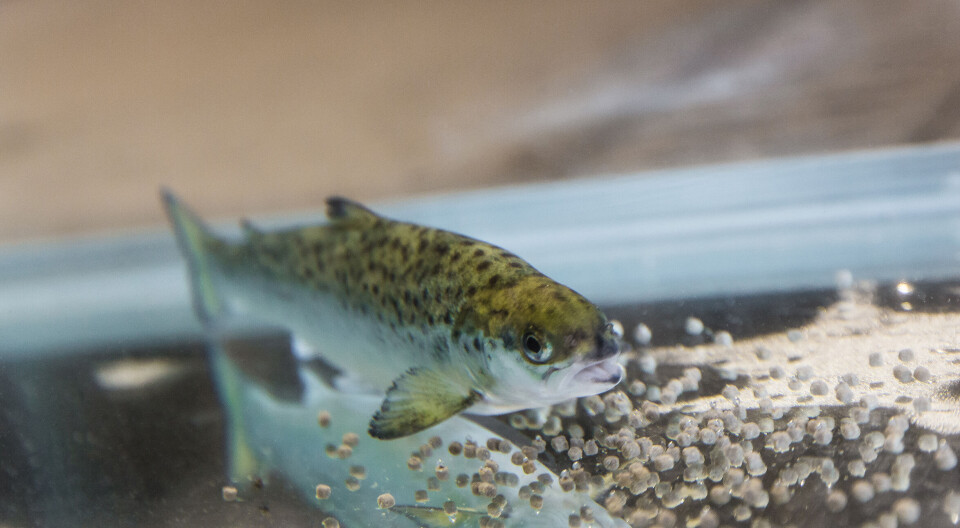
Researchers highlight two key synergies in the feed: Between the mineral zinc and the omega-3 fatty acids EPA and DHA, and between cholesterol and saturated fat.
Yes, you read that correctly. Saturated fat and cholesterol, which are often associated with adverse health effects in humans, are important for salmon.
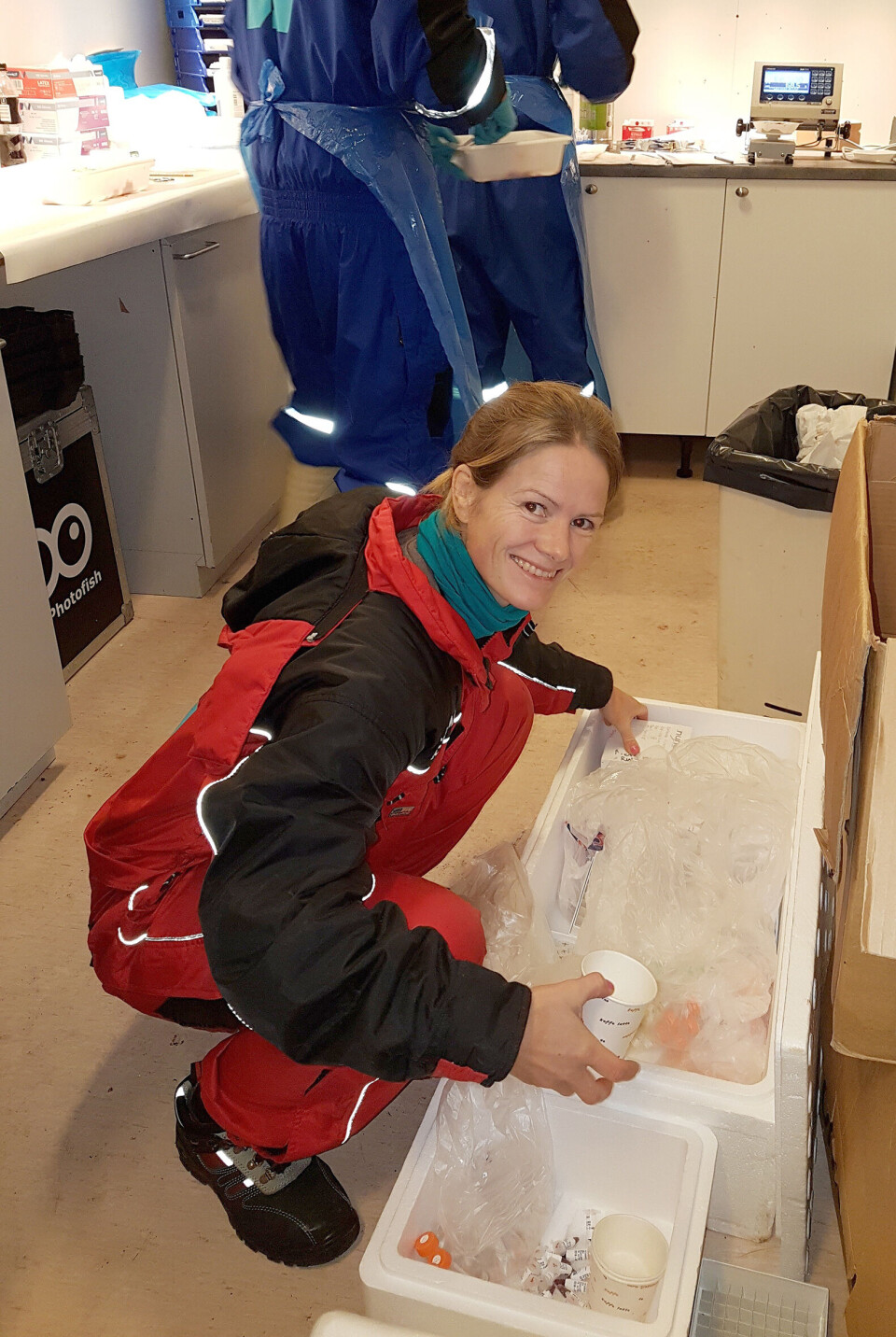
Over the past decades, fish oil has gradually been replaced with vegetable oil in salmon feed. During this time, the salmon's need for saturated fat has not received enough attention, according to Nofima scientist Nini Sissener.
“Saturated fat has a greater impact on fillet quality than previously thought. Fishmeal and fish oil possess a unique composition of omega-3, saturated fats, and cholesterol. It's therefore important to assess what these changes mean for the quality of salmon raised on today’s plant-dominated feed,” she says.
Sissener conducted this study while working at the Institute of Marine Research.
The research revealed that frozen fillets from salmon fed too little saturated fat during the growth phase lost more liquid during thawing.
Low cholesterol in the feed also made the the fillets less firm and less red.
Juvenile salmon need enough zinc and omega-3
Researchers have also studied how zinc levels affect the health and resilience of young salmon in freshwater.
High levels of zinc and omega-3 promote better scale development, wound healing, stronger bones, and improved growth.
“Together with omega-3, zinc enhances skin health, and more omega-3 improves the utilisation of zinc. They're truly a powerful duo in salmon feed,” says Nofima senior scientist Bente Ruyter.
For optimal growth under ideal conditions in land-based tanks, research shows that six per cent omega-3 of total fatty acids in the feed is enough.
Salmon in the sea need more
Experiments on larger salmon in sea cages showed that fish fed low-zinc diets lost minerals and had lower harvest weights. But mineralisation improved when omega-3 levels in the feed were increased and total fat levels were reduced.
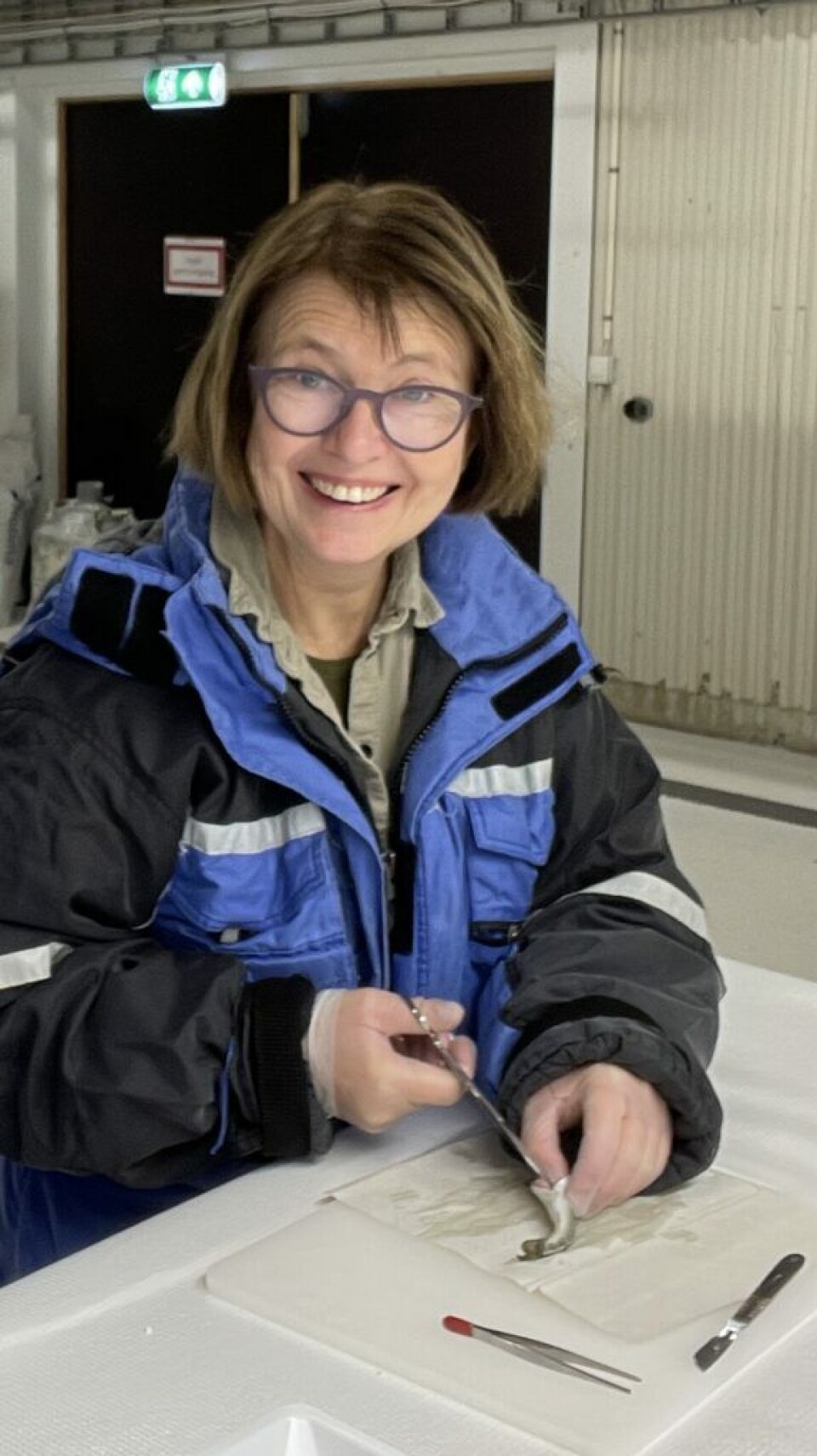
Bente Ruyter led this project and has researched omega-3 fatty acid requirements in salmon feed for a long time.
Ten years ago, omega-3 levels in Norwegian salmon feed were lower than today. When earlier research showed that salmon needed more omega-3, the industry quickly adjusted the feed composition.
Findings from this project shows that salmon raised under challenging conditions in sea cages require more omega-3 for optimal growth, health, and fillet quality than those raised under ideal conditions in land-based tanks.
For example, salmon fed 11 per cent omega-3 of total fatty acids resumed feeding more quickly after delousing than those fed 6.5 per cent. Since feed intake typically drops after delousing, Ruyter notes that a rapid return to feeding is essential.
Nutrient interactions matter
“What’s exciting about these findings is that the interaction between nutrients plays a key role in skin health, red colouration, energy metabolism, membrane fluidity, and the salmon’s ability to adapt to new production environments," says Ruyter.
And if there’s one ability modern Norwegian salmon need, it’s adaptability:
"Today’s production involves various technical solutions, warmer seas, and more sea lice. To thrive through the production cycle with good growth, health, and fillet quality, salmon need the right feed," she says.
Reference:
Ruyter et al. Samspill mellom næringsstoff og betydning for laksens helse og kvalitet «ERN-SAMSPILL» (PDF) (Nutrient Interactions and Their Significance for Salmon Health and Quality), Nofima Report 20/2025, 2025.

This content is paid for and presented by Nofima The Norwegian Institute of Food, Fisheries and Aquaculture Research
This content is created by Nofima's communication staff, who use this platform to communicate science and share results from research with the public. Nofima is one of more than 80 owners of ScienceNorway.no. Read more here.
More content from Nofima:
-
Fish may turn yellow if frozen too fresh
-
Is it better if food is packaged in plastic or paperboard?
-
Researchers make healthy salmon feed from polluting CO₂
-
Researchers have found the cause of kidney stones in rainbow trout
-
Salmon have 48 hours to defeat sea lice
-
Consumers are less likely to recycle if they need to separate the packaging materials
















